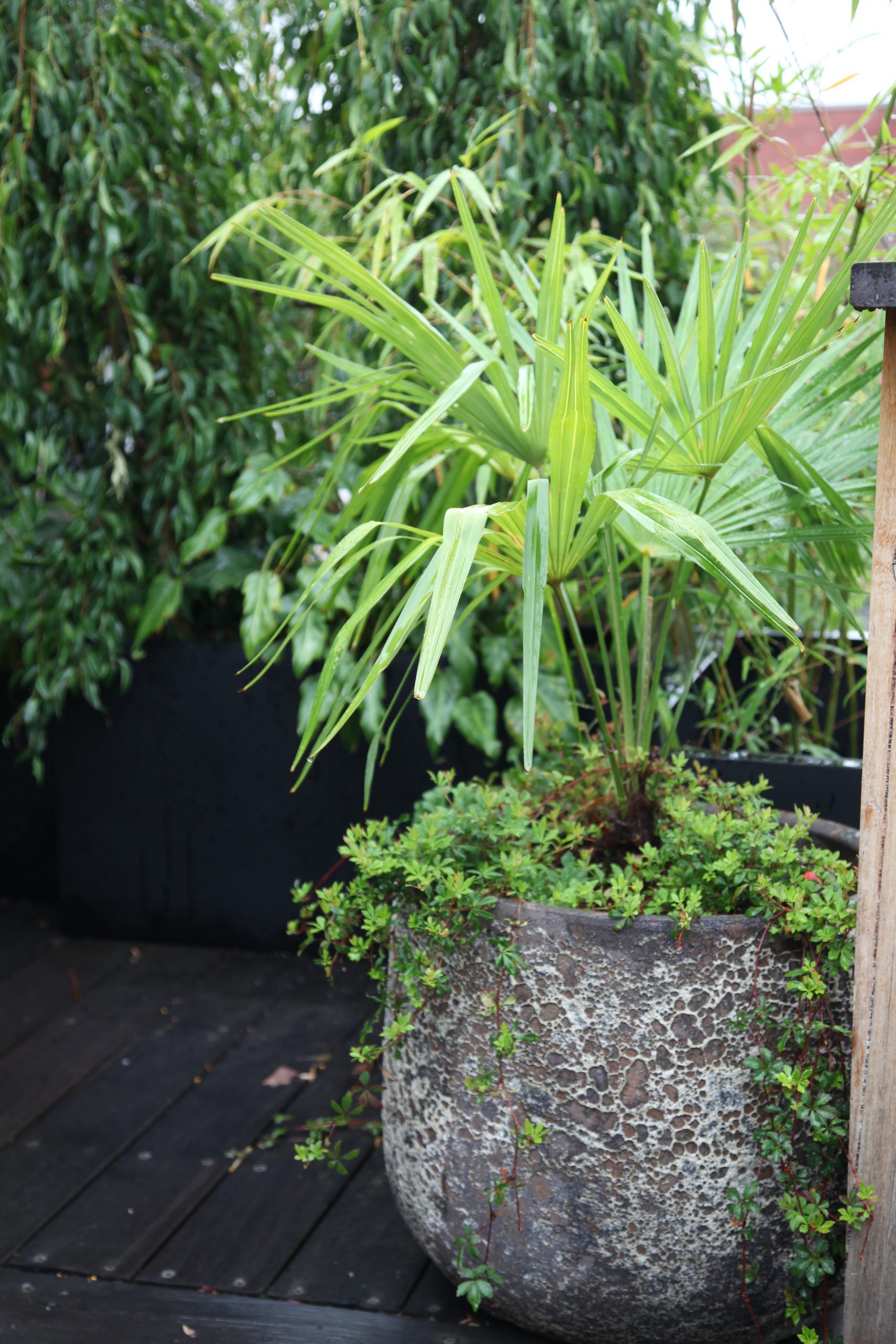


I stuck the cuttings into well draining soil mix in terra cotta pots. This past Fall I pruned several of my roses. Terra Cotta make great pots for rooting cuttingsĪgain, I figure this is because the terra cotta breathes. It has succulents in it that are kind of dormant for the winter. Typically I don’t leave them outside all winter as the extreme cold can break or make the terra cotta crumble but this one did not make it to the inside of my greenhouse for some reason and it has fared well so far. I enjoy creating miniature gardens in the shallower pots.
#Terracotta pots absorb water windows
(I only put some of my plants in windows that get direct sunlight in the winter, in the summer the sun is too strong and will cook your plants) Terra Cotta comes in all shapes and sizes. I only have a few pots that do this and I cut back on watering or put in a sunnier window, the direct sunlight also kills the mold. To keep the mold at bay you will need to repeat this process. Most of my pots I have indoors are easily handled and not too large so this works. If you have a tendency to be allergic to all molds then spray the pot with some hydrogen peroxide and scrub it off when a tooth brush. You mix dirt and moisture you will get fungi. It is a natural occurring thing not a death sentence, it is a fungi. Just let the plant dry out a bit more between waterings. It is harmless and will not hurt your plants. It is just the minerals in the water.Īlso you can get a white fuzzy looking mold.

Especially if you have harder water will you get a crusty white discoloration. Both of these pots are relatively new, within weeks they starts to get the white crustiness and a mossy tint. Terra cotta pots will start this process immediately. So many try to get this with faux finishes but really those are unnecessary. The way terra cotta weathers adds a patina that just works for me. (A garage or shed is acceptable, so long as it stays above freezing.) To store, remove plants and soil, clean the interior of pots with 1 part bleach to 9 parts water, and let dry completely before storing.I actually enjoy how they weather and discolor. If all of this sounds tiresome, then store it indoors for winter. The bag helps keep moisture away from the pot but remember to adjust your watering accordingly. An immediate fix is to line the pot with leaf bags. It’s quick, dries fast, and is easy to use. If you can’t find the clay pot sealant, try stone sealant. Your local hardware or hobby store should carry it. Try This: If you don’t have room to store them or need that classic look for your winter topiaries, then try a clay pot sealant. These are non-glazed, porous clay pots that absorb moisture, creating a freeze-thaw heaving that can break or chip the pots. They’re great because the pots breathe, allowing air to circulate the roots of the plants, but they’re missing the necessary protective sealant from the cold. In or Out: Don’t leave these pots outside in winter. Question: After the annuals are gone, what do you do with the pots? Will they freeze outdoors? Is it best to take them inside? Let’s look at the different types and determine.įYI: All of the below assume your pots have drainage holes in them. Big, beautiful glazed pots, simple terracotta pots, lightweight resin or fiber blend pots, plastic pots, and concrete pots filled with gorgeous, summer-blooming annuals are officially done this week.


 0 kommentar(er)
0 kommentar(er)
